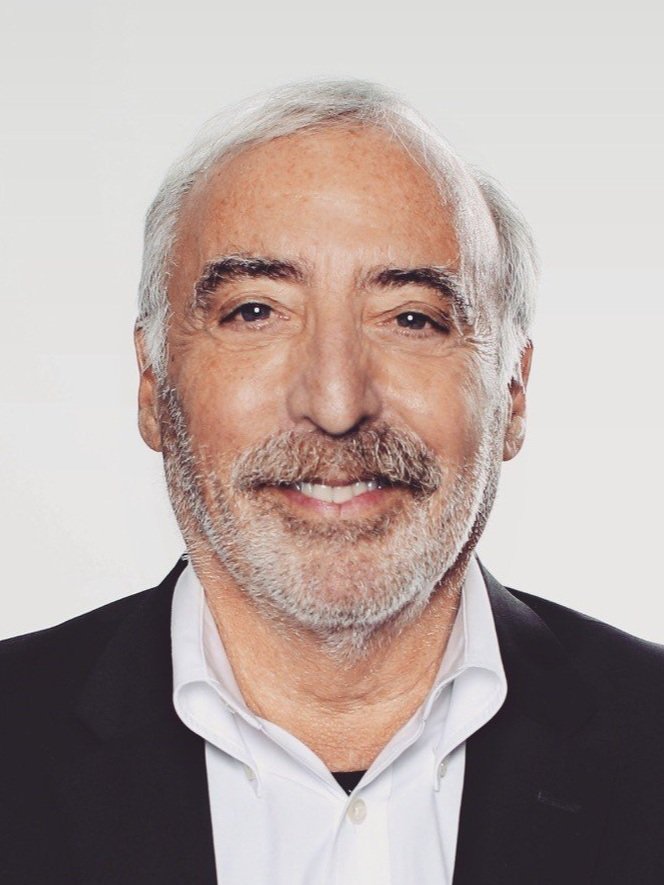The definition of what it means to invest is changing. Today, investors are looking beyond their trading terminals and tackling investing risks in the real world, where value is created, as well as in the capital markets, where it is priced.
That is a welcome evolution. But, it’s also a radical paradigm shift. For nearly three-quarters of a century, public market investing has centered on security analysis, trading, and portfolio construction. That paradigm is largely the legacy of the adoption of modern portfolio theory (MPT), which brilliantly taught us all the math of diversification, giving us the ability to extract the most efficient risk/return portfolio from the extant market. Unfortunately, diversification only works on idiosyncratic risks. But, overall market movements – non-diversifiable systematic risk – determines 75 percent to 94 percent of return, depending on which academic study you cite. This is the MPT paradox: MPT provides a powerful tool, but that tool only affects a quarter of your return at most. MPT provides no tool or theory to improve the overall market’s risk/return profile.
In a demonstration of circular logic, generations of investors brought up on MPT, believing that they are unable to do anything about the overall market, therefore concluded that it’s not their job to improve the market. The result has been a self-referential school of investing. Returns are relative, benchmarked against market indices that are divorced from the real world needs of investors.
Risk is similarly siloed. To MPT, risk is volatility, and the cause of the volatility (often systemic risk in the real world that becomes non-diversifiable systematic risk in the capital markets) is irrelevant. Academic theories have facilitated this imaginary, simplified, and self-contained world. By assuming 1) rational investors, 2) efficient markets, and 3) random walk theory, MPT does away with any need to deal with the messy feedback loops of the real world. Together, they create the perfect myth. They enable the math. They are easy to understand. They are explanatory. They are wrong.
Fortunately, practitioners increasingly see beyond the old ways. More and more, they are practicing “systems-level investing.” Think of it this way: If the market itself were a portfolio, investors now try to improve its Sharpe ratio by mitigating risks to the real world’s financial, social, and environmental systems before those risks enter the capital markets. Then, investors can use MPT’s tools, but apply them to a better opportunity set.
Evidence is everywhere. Environmental and social shareholder resolutions in the United States are racking up numbers never seen before. The Principles for Responsible Investment organization has pushed its members to look at stewardship in terms of systemic risks. Many investors now focus their stewardship efforts not on specific firms, but on trying to mitigate negative externalities of entire industries and sectors (at a system and sub-system level), taking a universal owner approach. We read of investor-led efforts to mitigate real world risks to the environmental, social, and financial systems every day. Investors are tackling issues as disparate as climate change, fair taxation policies, income inequality, gender and racial discrimination, anti-microbial resistance, deforestation, biodiversity, and the governance of technology. The Chair of the Securities and Exchange Commission anticipates rule-making on climate change and human capital management. The UK stewardship code asks asset managers about systemic risk.
Importantly, a series of notable books, papers, and articles about both systems-level investing and/or universal ownership have been published in the last year, making the investing world sit up and take notice. Our book, Moving Beyond Modern Portfolio Theory, provided the first coherent finance theory of how and why investors confront the MPT paradox. Law professors Jeffrey Gordon and John Coffee addressed investors tacking systems level issues in separate papers. Bill Burkart and Steve Lydenberg’s 21st Century Investing and Beyond Alpha’s “We Need to Talk: Why It’s Time for Institutional Investors to Embrace SDG-Aligned Investing” showed investors how to think about systems to protect people and planet. Predistribution Initiative's “ESG 2.0” paper examined the impact of investment structures on various ESG issues.
Theory is catching up to practice.
Jon Lukomnik
Managing Partner, Sinclair Capital
James P. Hawley
Senior ESG Advisor, FactSet; Professor Emeritus, Saint Mary's College of California



